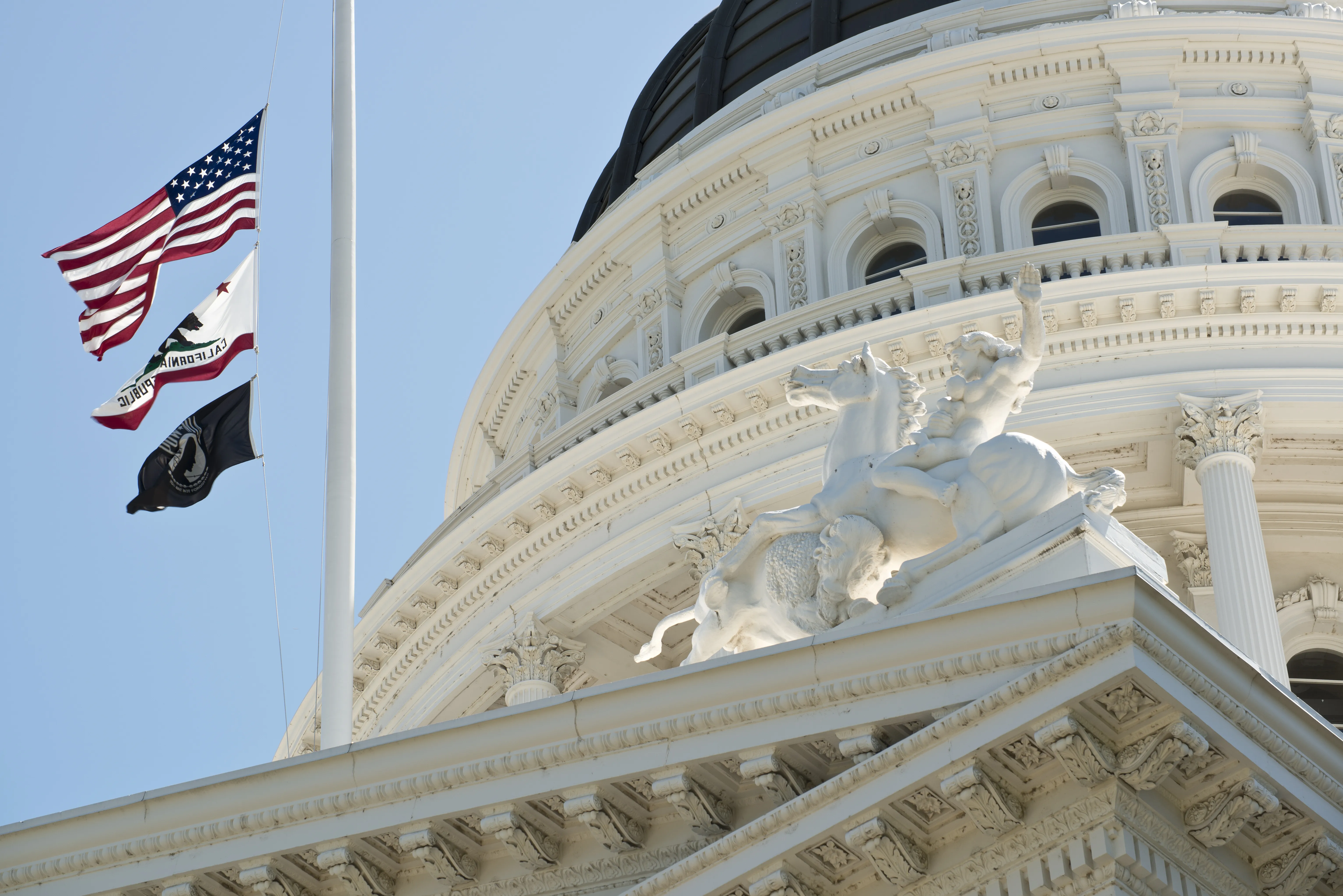Generative AI Regulation: Governor Newsom's Veto and Its Implications

Generative AI Regulation: Newsom's Veto Explained
In a significant move, California Governor Gavin Newsom vetoed a highly contested artificial intelligence (AI) safety bill on Sunday, arguing that it might stifle innovation and impose excessive restrictions on AI technologies, including basic functions.
Concerns Over AI Safety Bill
Newsom's decision to veto Senate Bill 1047, which required safety testing and imposed stringent standards on advanced AI models, came after tech giants like Google, Meta, and OpenAI raised concerns that the bill could hamper innovation in California.
- Bill's Requirements: The bill mandated safety tests for AI models costing over $100 million, along with rigorous standards for high-risk AI systems.
Newsom emphasized that the bill failed to differentiate between high-risk AI systems and those with less impact, stating, “While well-intentioned, this bill does not take into account the varying levels of risk posed by different AI technologies.”
Legislative Actions Following the Veto
While the veto has drawn criticism, Newsom simultaneously announced new initiatives aimed at protecting Californians from the risks posed by rapidly developing generative AI (GenAI) technologies.
- New Initiatives: Newsom signed 17 bills related to generative AI, covering aspects like AI-generated misinformation and deepfake prevention.
This legislative package is touted as the most comprehensive set of AI regulations in the country, showcasing California's complex role as both an innovation leader and a potential regulator of technology.
This article was prepared using information from open sources in accordance with the principles of Ethical Policy. The editorial team is not responsible for absolute accuracy, as it relies on data from the sources referenced.